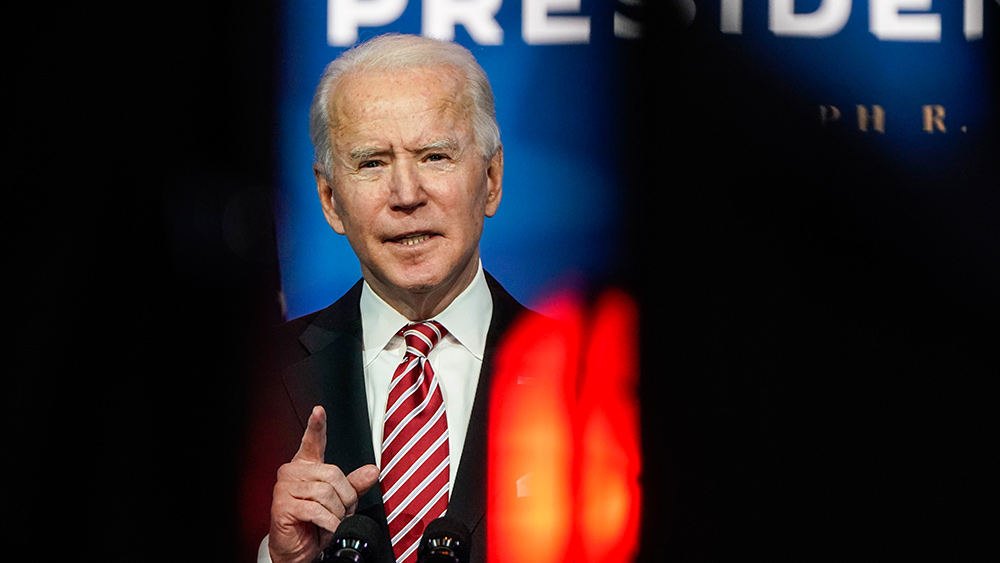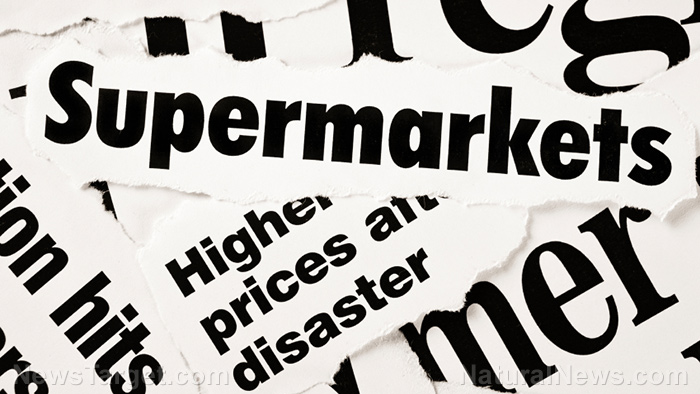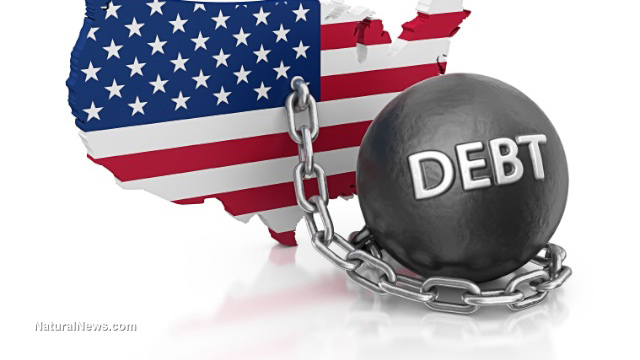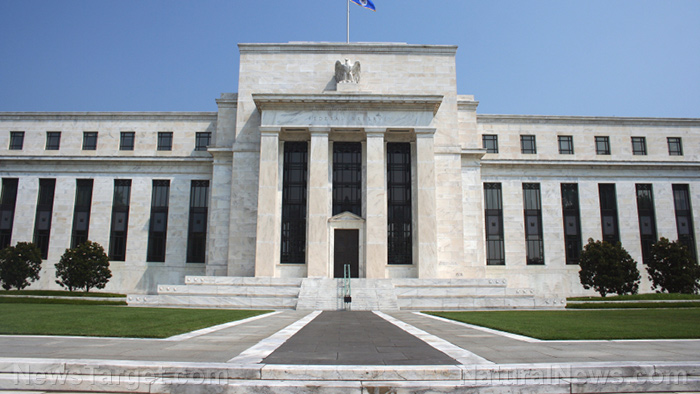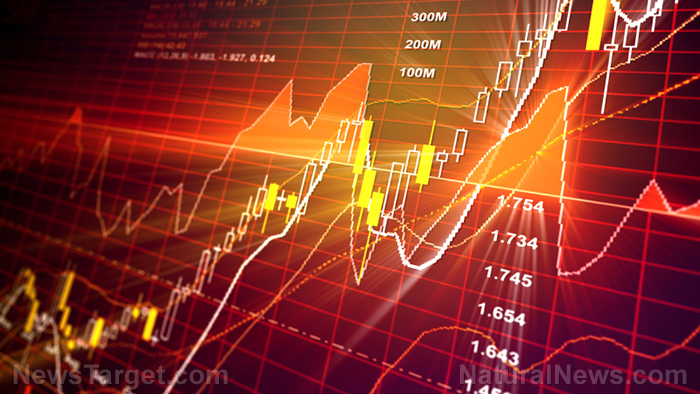INFLATION: Prices of groceries, gas rise as Biden’s money printing machine goes into overdrive
05/18/2021 / By Divina Ramirez

Consumers better start budgeting more for their groceries as prices of essential commodities, including grains, fresh produce and meat, continue to surge. This is according to the latest inflation data in the Consumer Price Index (CPI), a set of consumer price indices calculated by the United States Bureau of Labor Statistics (BLS).
In fact, just about everything you can find at the grocery store suddenly costs more than last year. Last month, the average prices of chicken breasts and pork chops were up over 10 percent compared to March of 2020. Eggs and cheddar cheese also saw a six percent increase from last March, while beef is up 7.1 percent.
These kinds of persistent increases in inflation are more concerning than month-to-month ones, said Varadarajan Chari, a professor of economics at the University of Minnesota. According to Chari, the economy is simply making up for the pandemic last year, when prices didn’t rise as usual.
That said, year-to-year data show that “official” inflation is just a percent or so higher than what analysts expected, said Chari. But this reassurance does little to quell consumers’ concerns about the increasing prices of foods. Shannon Bjork, an expectant mother from Spring Lake Park, Minnesota, said her grocery bills have raised eyebrows.
“At the end of the total is when you’re like, ‘Holy cow, $200 for all of this,'” said Bjork.
Consumers brace for sticker shock
Experts say the steadily increasing costs of products at grocery stores are partially driven by rising commodity costs. The Bloomberg Commodity Spot Index, which tracks 23 raw materials, is now at its highest level in nearly a decade.
Transport costs and supply chain disruptions are also contributing to the price hike. It doesn’t help that many Americans are preferring to cook at home as well amid ongoing restrictions on dining out, further driving consumer demand for essentials like fruits, vegetables and meat.
All of this is why inflation expectations for 2021 are much higher than they’ve been in recent years, added Jennifer Bartashus, a senior analyst specializing in food retail for Bloomberg Intelligence.
On the other hand, merchants explained that they haven’t been able to discount as many items as usual due to the elevated demand brought on by the pandemic. “When there’s a shortage in supply, it makes no sense to promote aggressively,” said Vivek Sankaran, chief executive officer of Albertsons Companies, Inc., which operates more than 2,200 supermarkets across the U.S.
“It just makes no sense to play with price at this point,” added Sankaran.
Meanwhile, Taylor James, vice president of sales for Castle Retail Group, also pointed out that there are many moving parts that determine the price of a product, such as the cost of raw materials, packaging and transportation. Fluctuations or changes in these areas are reflected in the price of a product.
Castle Retail Group owns Cash Savers and High Point Grocery in Tennessee. So far, they haven’t made drastic price changes even as other national chains are raising their prices. “But there is always a possibility that things can change,” noted James.
These higher food prices come at a time when U.S. gasoline prices are also steadily increasing. Gas prices now are $1.20 more compared to a year ago. “They’re as high as they were right before the pandemic,” said Leo Feler, a senior economist at the University of California, Los Angeles.
Gas prices fell so low last year when governments began implementing lockdowns that some oil producers went out of business. Production still hasn’t caught up even as drivers hit the road again. Nonetheless, experts say gas prices are expected to continue rising as the economy recovers.
Prices are also up for both new and used vehicles and housing. (Related: Pension funds are buying up entire neighborhoods of single family homes, contributing to America’s housing crisis.)
Read more articles about the soaring prices of food and other consumer goods at MarketCrash.news.
Sources include:
Tagged Under: central banks, Collapse, Coronavirus pandemic, economic collapse, economics, economy, fiat currency, financial crisis, food prices, food shortage, food supply, groceries, hyperinflation, Inflation, market crash, money supply, price hike, risk
RECENT NEWS & ARTICLES
COPYRIGHT © 2017 NATIONAL DEBT NEWS

